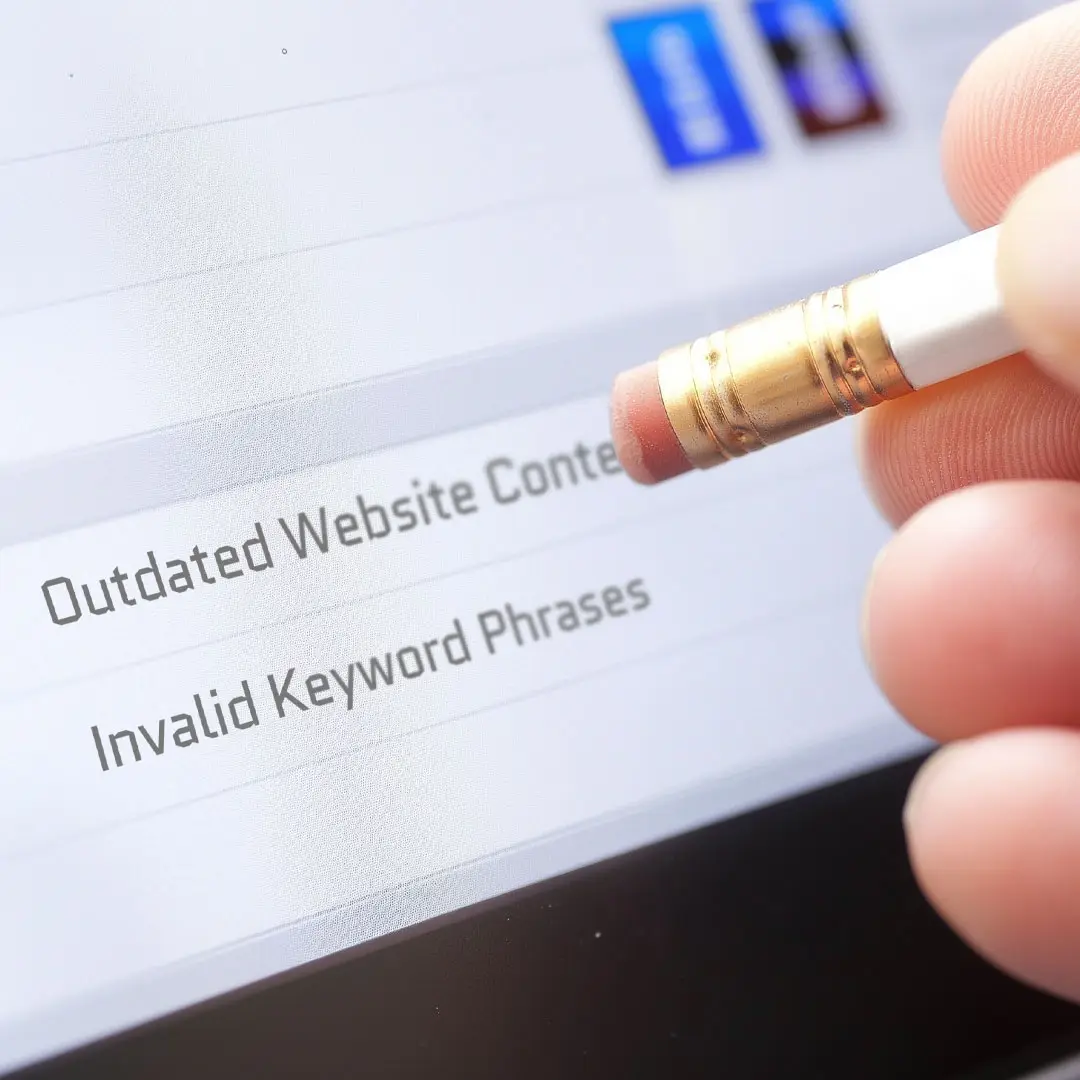You know those people who ramble before finally getting to the point?
AI hates that too.
AI doesn’t have the patience. It’s got a billion other tabs to skim. It’s only quoting the clearest, cleanest, best-structured voice it can find.
If you want to show up in AI Overviews, be featured in ChatGPT’s answers, or get surfaced by Perplexity when someone blurts out “Is it a dumb time to buy in Plano?” your writing needs to stop performing and start formatting.
This isn’t about gaming the algorithm. It’s about giving AI what it needs to quote you with confidence.
Forget Flowery. Think Functional.
You are now writing for a high-speed, token-slurping, context-weighing machine trained to scan a hundred documents a second and pick three.
And here’s what it’s looking for:
Clear structure.
Front-loaded value.
Answer-first formatting.
It doesn’t care if your intro is poetic. It cares if your H2 says “How to Qualify for a Home Loan in 2025” and the next sentence actually answers it.
It’s not reading your prose like a book. It’s parsing it like code.
Format = Trust
Want AI to trust your content?
Make it easy to understand and even easier to quote.
Here’s what that looks like:
Your headers need to mean something.
Not “Let’s Talk About Mortgages.”
Try: “The 3 Types of Mortgages Buyers Are Asking About in 2025.”
Your paragraphs need room to breathe.
Not chunky four-inch blocks of real estate philosophizing.
Think: one idea per section, a question or takeaway leading the way.
Your layout needs to signal:
“This is an answer. Not a pitch. Not fluff. Just value.”
When your blog post feels like a Q&A with clarity baked in, you don’t just serve your readers better, you become AI-friendly by design.
Structure Is a Ranking Factor Now
Until recently, you could compete in the SEO game with authority, backlinks, and raw content volume.
In this new game, Google’s SGE & AI Overviews are picking winners based on scannability.
The clearer you are, the more likely you get quoted.
In fact, recent analysis showed that content with the following is being pulled into AI snapshots at significantly higher rates.:
- Proper heading hierarchy (H1, H2, H3)
- Schema markup (like FAQ, How-To, or Article)
- Bullet points and Q&A blocks
You know why Reddit and YouTube keep getting featured in SGE results?
Not because they’re polished.
Because they’re structured like conversations.
They’re full of clear, snackable statements that feel like ready-made answers.
And guess what?
That’s exactly what you’ve got inside your head. You just need to package it right.
Here’s What It Looks Like in Practice
Let’s say you’re writing a blog post on selling during a divorce.
Don’t open with a paragraph of personal musings.
Start with a headline like:
“Selling a Home During Divorce: What Every Seller Needs to Know”
Then drop a quick summary:
“Divorcing homeowners often ask if they can sell before the divorce is final. The short answer? Yes, but it depends on state laws, equity division, and court involvement.”
That sentence?
A perfect candidate for AI to lift straight into a summary.
Because it answers the question in plain language, immediately, without a bunch of preamble.
That’s the new SEO. That’s Generative Experience Optimization.
Write Like You Want to Be Quoted
The old model: Write to rank.
The new model: Write to be repeated.
Because when someone asks ChatGPT “What should I do if my appraisal comes in low?” the AI isn’t hunting for elegance.
It’s hunting for clarity.
A sentence it can grab and say, “Here’s what one expert said.”
That expert should be you. As long as your content matches the inquiry and gets to the point.
Organize your thoughts like they’re meant to be used, not just read. And if that sounds like a lot to juggle, well, this is the kind of stuff we think about and tackle for our clients every day. Because when AI’s choosing who speaks for your market, you want it pulling from someone who actually sounds like they belong there. We can help.
TLDR:
AI search favors content that’s easy to quote. That means strong headers, tight paragraphs, FAQ blocks, and fast answers. If you want to show up in chatbots and AI Overviews, don’t write to impress. Write to be lifted.
Related Articles
Could AI Search Be the Best Thing That Ever Happened to New Content Creators?
AI Isn’t Killing All Traffic. Just the Lazy Kind
Crap In, Crap Out – The Brutal Truth About AI Generated Content



